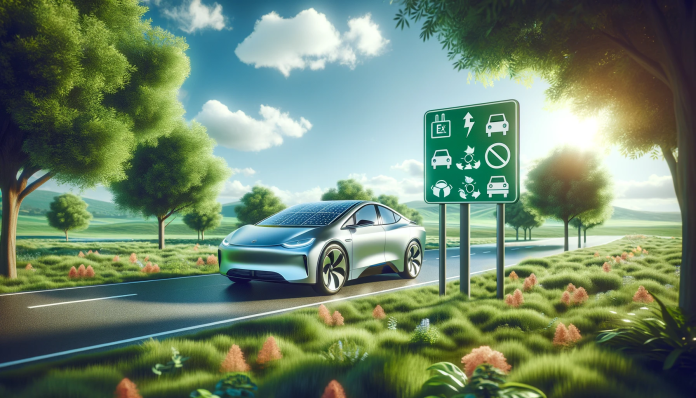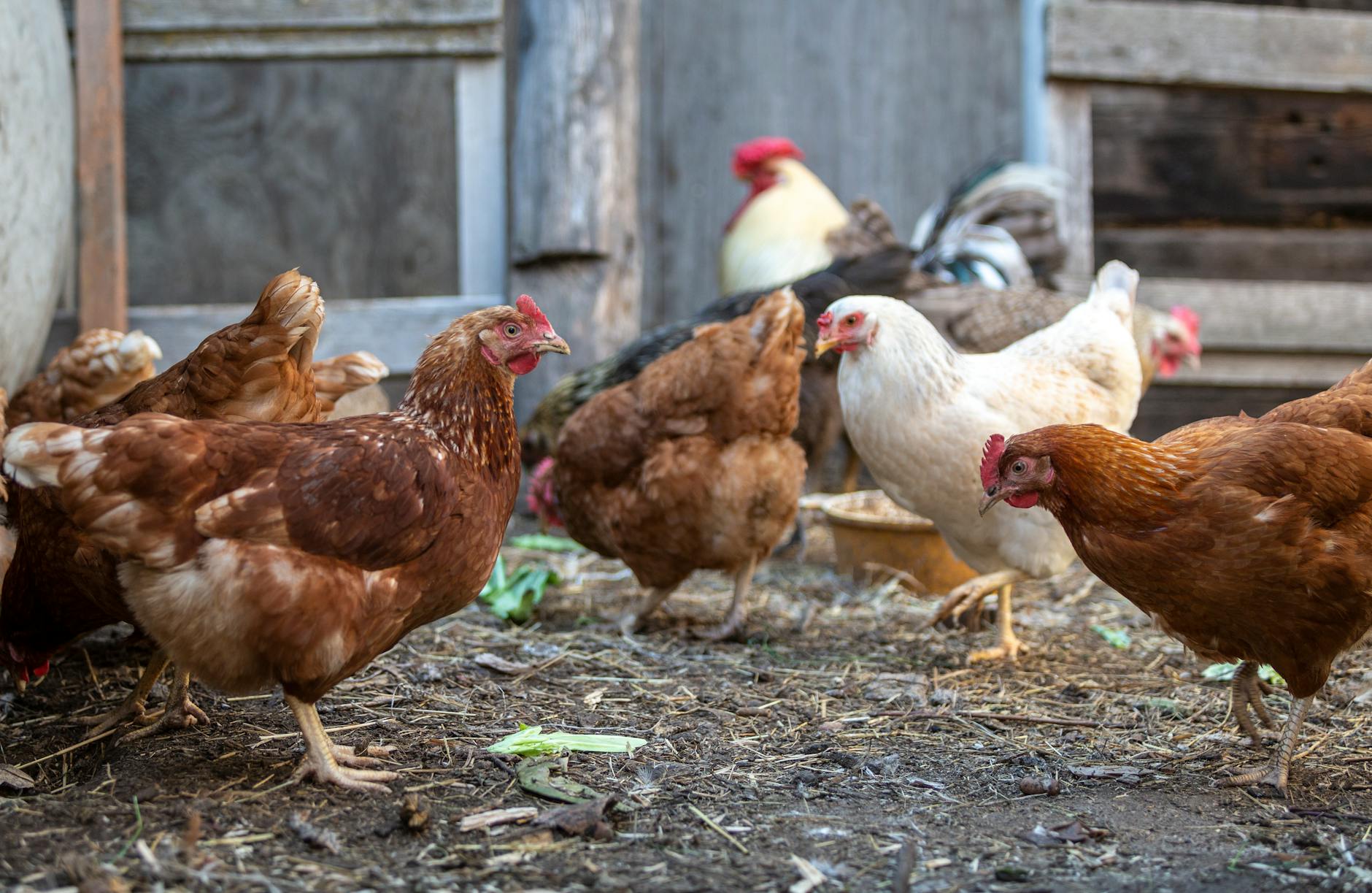Worried about the environmental impact of your vehicle, but resigned to terrible fuel economy because you have to use it for work? It is indeed possible to improve your car’s fuel economy by utilising different techniques and practices in your driving. This is known as hypermilling. Techniques of hypermilling rang from drafting, methods of braking and even not wearing any shoes. Some of these methods are a bit more outrageous than others, especially tailgating eighteen wheelers on the motorway; but all the techniques are designed so that the driver saves fuel in the long run. Given the weight and size of 4×4 vehicles fuel consumption tends to be poor, and the utility of the vehicles means downsizing isn’t a practical option.
Here are some of the proven best hypermilling techniques you can employ to save on fuel consumption. As always, safety before economy; you might wish to double your MPG, but remember – some hypermilling techniques are illegal in certain jurisdictions.
Selecting Fuel

Selecting the right fuel for your car is a well-known hypermilling technique. However contrast to common thought, simply by investing in high octane fuel for any car does not mean you will reap the benefits. Few engines are designed for high octane fuels; when used, it will result in better fuel efficiency and overall performance (or at least ‘less bad’ than using regular fuel). Most likely you’ll already be using the right fuel. Just be sure to check all the seals in case of evaporation.
Keep it Moving
Given the weight of utility vehicles most fuel is consumed during acceleration from standstill, which is why stop and start traffic is so terrible for your fuel consumption. To combat this, you want to be driving in a way that avoids making use of the brake more than necessary. This doesn’t mean running red lights, or doing anything else unsafe or illegal, but increasing your awareness and planning your route. Don’t race to lights only to brake hard when they turn red, if you aren’t sure you’ll make them, try coasting to a near stop instead. This will necessitate driving slower than you might be used to, so bear that in mind.
Worth considering is the ideal speed for your vehicle, the harder you’re pushing your engine the more fuel it will be using, whilst sitting at a crawl can be counterproductive, too. See how you compare to other drivers on fueleconomy.gov
Tires, Alignment and Keeping Things Ship Shape
Thanks to the minimal cost of air, it’s worth checking your tires are filled to the recommended pressure often; fully inflated tyres reduce your vehicle’s rolling resistance, resulting in higher MPG. Check your owner’s manual (or tyre manufacturer) for the correct pressure to use.
It’s also worth checking the wheel alignment on your car – if your car drifts slightly to the left or right without you making steering corrections you should consider taking it in for a service. All these minor course corrections increase the distance your car travels, and as a result the fuel it consumes.
4×4’s tend not to be the most aerodynamic vehicles to begin with, but you can at least make some small changes. ‘Windows up, A/C on’ will save fuel if you’re travelling long distance, as will temporarily removing unused items that upset your car’s aerodynamics and keeping items on the inside of your car i.e unnecessary roof racks or mudflaps.
Coasting in Neutral

You can coast in neutral in either a manual or automatic car. The most successful coasting is when the driver shifts into neutral and then clicks the key in the ignition to the first position. After this is done, the driver should then click up a position on the ignition to resume all electronic functions; avoiding wheel lock. The hypermillers that use this technique mostly use it when going down hills; using the momentum in their favour. However, it is not advised to use this technique in traffic – for you don’t have assisted engine breaking (and in many cases, steering) to help you in a case of an emergency. The method saves quite a bit of fuel and also battery power, though at the risk of an accident given many vehicles require the engine to be active for the brakes to function.
A variant of this technique is known as ‘burning and coasting’ or ‘pulse and glide’ – strong, smooth acceleration coupled with coasting is proven to dramatically increase fuel economy greatly over level ground.
Drafting
Drafting is a favourite by many hypermillers – the act of driving behind a larger vehicle so your vehicle is subject to less pressure, saving in overall fuel consumption. The reason why drafting exerts less pressure on a driver’s vehicle is down to the larger vehicle blocking the headwind, reducing wind resistance levels against the. On the motorway, you may see Trucks taking turns to draft each other over long distances. Up to forty percent can be reduced in a driver’s fuel mileage with a standard car, though 4×4’s will have a smaller pool of vehicles they can draft behind. Strictly speaking, the most dramatic effects are when the coasting technique is used in conjunction with drafting; there are reports of people drafting long distances behind a large vehicle in neutral. However, drafting raises many safety issues about getting too close to the car in front; putting both the drivers at risk (not to mention the surrounding drivers also).
As you can see from these few examples, there are a few decent ways to get the most out of your car. Just be smart, plan your trips, and safe on the road – and you’ll be well on your way to saving a lot of money on fuel.











I know that some of the less dangerous hypermiling techniques work on smaller vehicles, but do they carry over easily to massive pickups? Are we talking 10% more mpg or 1%?